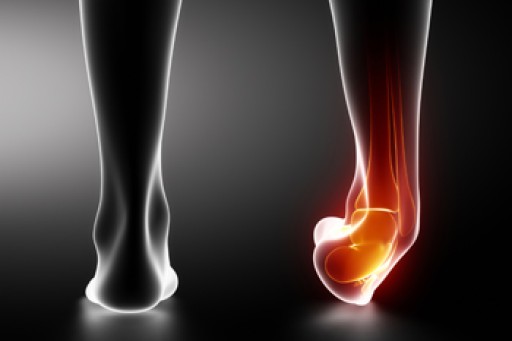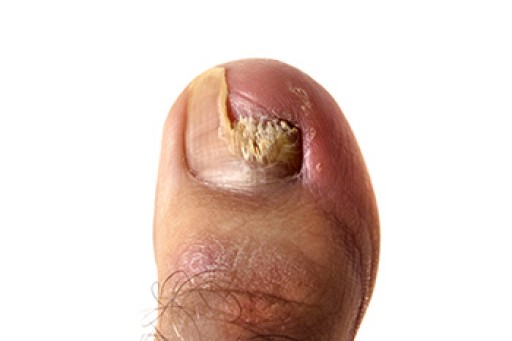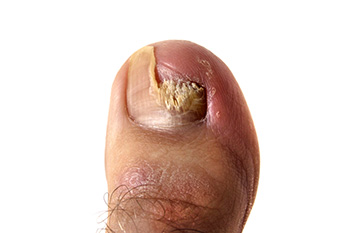
Ankle fractures can severely impact both physical mobility and psychological well-being, disrupting daily life and causing significant emotional stress. These injuries often limit a person’s independence, leading to frustration and feelings of helplessness. The pain and discomfort associated with fractures frequently interfere with sleep, causing fatigue and irritability, which can further slow the recovery process. Podiatrists diagnose ankle fractures through physical exams and imaging, such as X-rays or CT scans, and create a tailored treatment plan. This may include casting, splinting, or surgery, depending on the fracture's severity. Key factors in recovery involve keeping weight off the injured ankle, following podiatrist instructions, and monitoring for signs of infection or improper healing. Early intervention and compliance with medical advice help reduce the risk of chronic ankle pain, instability, or arthritis. If you have broken your ankle, it is strongly suggested that you promptly visit a podiatrist.
Broken ankles need immediate treatment. If you are seeking treatment, contact one of our podiatrists from Lewis Wolstein, DPM, P.C. & Associates. Our doctors can provide the care you need to keep you pain-free and on your feet.
Broken Ankles
A broken ankle is experienced when a person fractures their tibia or fibula in the lower leg and ankle area. Both of these bones are attached at the bottom of the leg and combine to form what we know to be our ankle.
When a physician is referring to a break of the ankle, he or she is usually referring to a break in the area where the tibia and fibula are joined to create our ankle joint. Ankles are more prone to fractures because the ankle is an area that suffers a lot of pressure and stress. There are some obvious signs when a person experiences a fractured ankle, and the following symptoms may be present.
Symptoms of a Fractured Ankle
- Excessive pain when the area is touched or when any pressure is placed on the ankle
- Swelling around the area
- Bruising of the area
- Area appears to be deformed
If you suspect an ankle fracture, it is recommended to seek treatment as soon as possible. The sooner you have your podiatrist diagnose the fracture, the quicker you’ll be on the way towards recovery.
If you have any questions, please feel free to contact our office located in Co-Op City, NY . We offer the newest diagnostic and treatment technologies for all your foot care needs.









